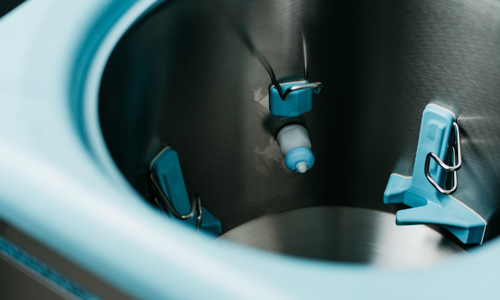Keeping Hygiene Front of Mind
Hygiene is drummed into us from a young age. It usually starts with the more unsavoury lessons – like don’t pick your nose – and gradually migrates to the importance of showers, deodorant and good sexual health.
It’s only when some of us dedicate themselves to caring for others do we fully appreciate how important hygiene is.
In a good hospital robust infection control procedures will be in place. They will be audited on a regular basis and some form of monitoring will likely exist to ensure that all clinicians – from the lowliest porter to the most senior surgeon – are following them rigorously.
The reason is simple – if they don’t someone could die.
It’s extreme but true.
The best case scenario is the clinician in question could fail to follow procedures and make themselves unwell – putting undue strain on the hospital or delaying operations. The cost in wasted time, productivity and level of care is easily quantifiable and cost health services around the world millions every year.
The worst case scenario is that clinician comes into contact with a vulnerable patient, they contract a disease that their immune system simply can’t fight off and they can die.
A simple oversight in procedural compliance can have a catastrophic impact on the people clinicians have committed to helping.

Keeping infection control procedures and hygiene at front of mind prevents this sort of thing from happening.
However, that is only part of the equation.
Keeping sources of potential infection at front of mind is the missing piece of the puzzle in order to maximise the effectiveness of infection control procedures and hygiene standards.
This is something that requires an element of mindfulness – keeping one’s focus in the here and now in order to prevent mistakes and oversight.
Being mindful of hygiene also means being mindful of how infection can spread from us to others. Something as benign as chewing a fingernail not only spreads infection to us but contaminates our hands, making it easier to spread infection to others.
Equally, if clinicians are aware of potential sources of infection that fall outside of the obvious help to reinforce hygiene standards. Tables, door handles or a patient’s bedding can all be sources of infection.
The reason for taking this approach is to help clinicians consider how they interact with the environment and either limit contact with items or objects that could pose a risk to others if they are likely to interact with patients (or clinicians) shortly after and be more proactive in following hand hygiene protocols.
Being aware of the potential risks posed simply by moving through a ward or the facility at large will naturally raise awareness of infection control procedures and lower instances outbreaks.
The irony perhaps is most clinicians are at their most vigilant when in a sluice/dirty utility room setting as they are handling and disposing of infectious material. Due to the antimicrobial materials of the machine and providing the layout of the room is correct (and procedures are followed) – they are broadly a low risk area.
The nightmare scenario of a major outbreak is not just infected patients but infected clinicians as well. This over stretches wards, over taxes resources and puts strain on the clinicians trying to bring the infection under control.
The reality is that hygiene and infection control procedures is a multi-faceted approach that not only requires buy-in from every member of the team but also the right tools for the job.
Without a sluice/dirty utility room solution that allows clinicians to dispose of infectious material safely they are near continual risk of infection. This not only increases the chances of them becoming unwell but puts patients at risk as well.
Contact us today to discuss how our sluice/dirty utility room solutions can support your infection control procedures.





